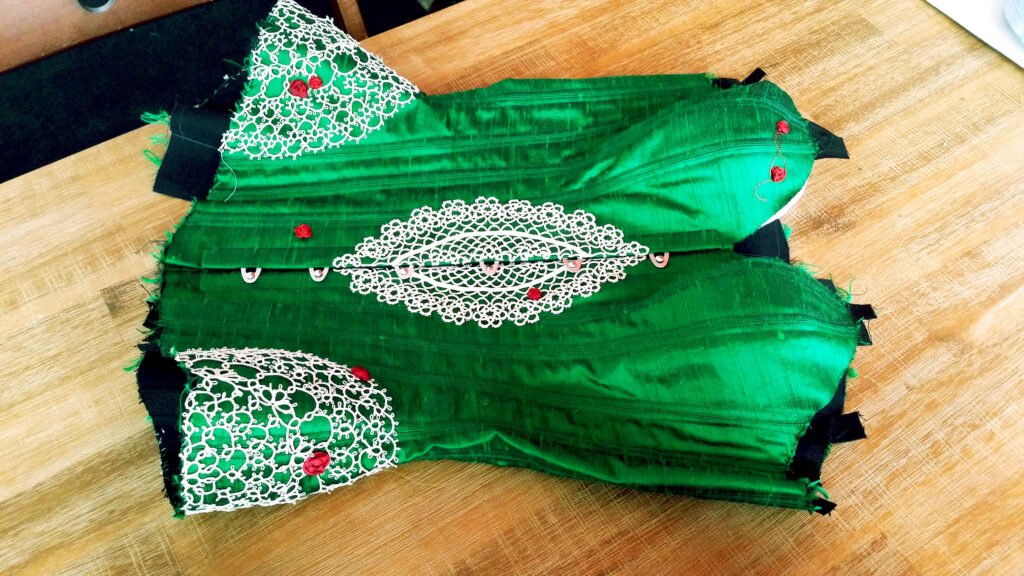Corset as a canvas; Or, An insect metamorphosis on silk
February 4, 2018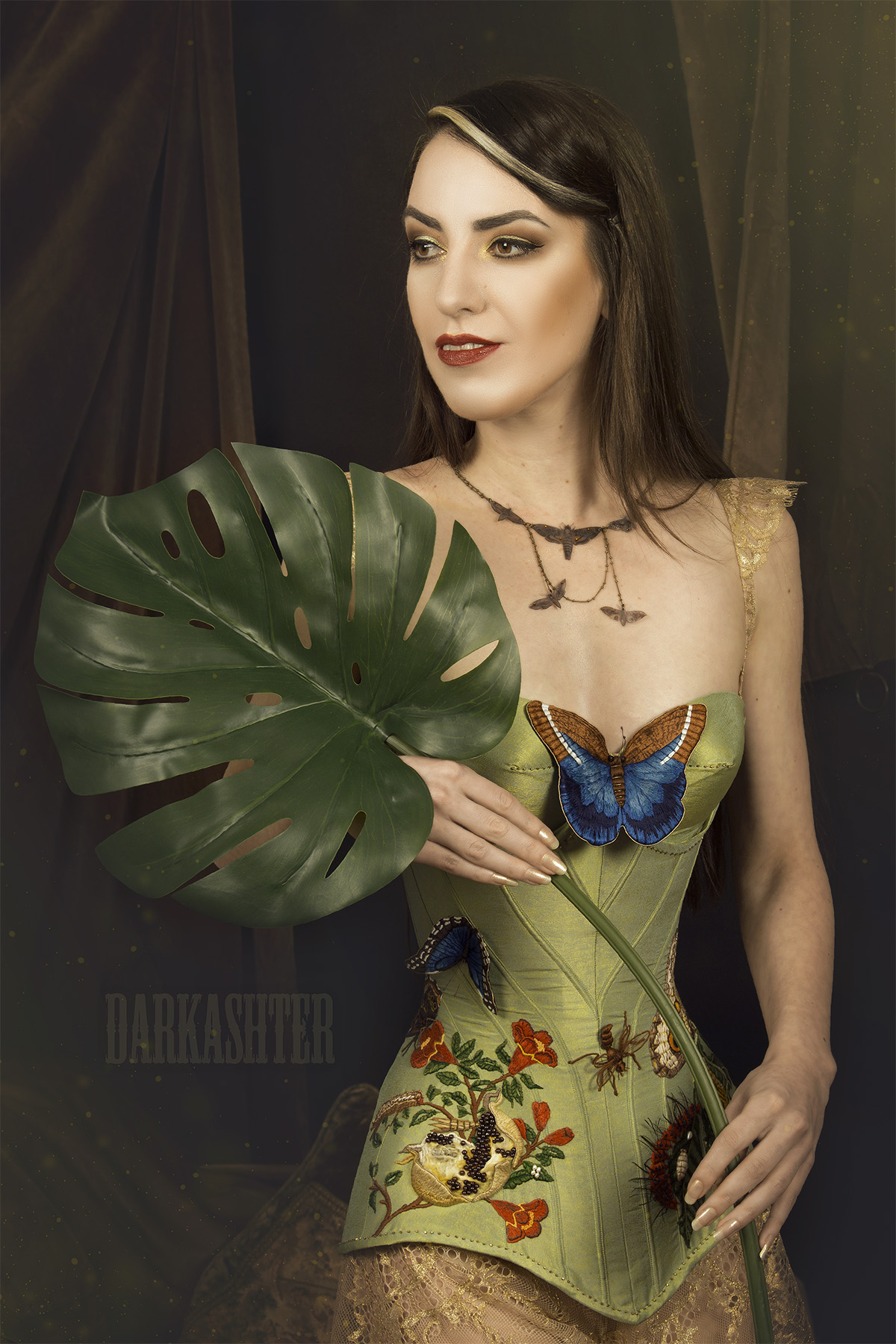
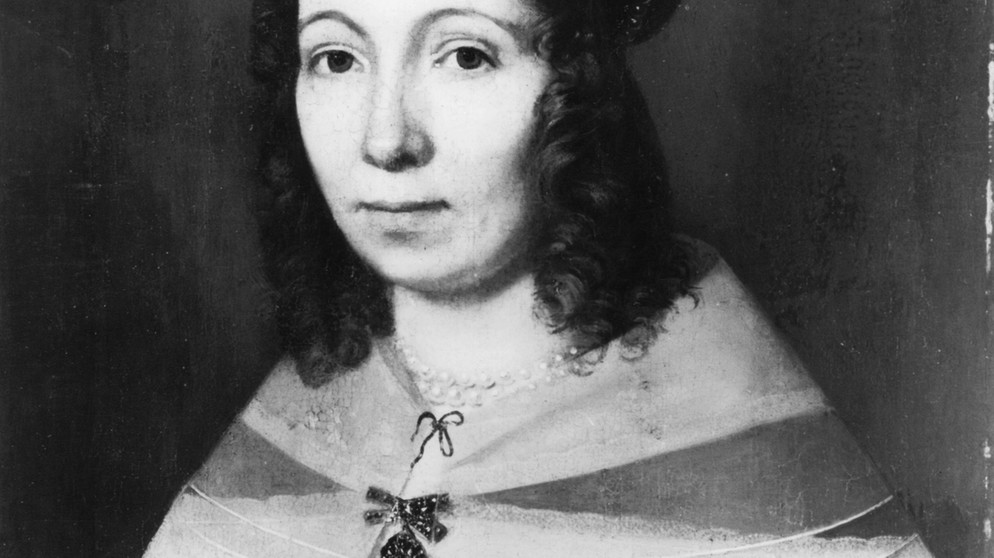
To highlight the importance of her work, let me write a few words about Merian’s life. At the age of nine Merian started keeping silkworms as pets and studied their habits closely. Sometimes she would stay up all night witnessing the moths emerging from their pupae. After receiving an education as a scientific illustrator Merian started painting insects with their host plants. In 1699, having published several books on the metamorphosis of insects, the city of Amsterdam awarded Merian a grant to travel to Suriname together with one of her daughters. There she started working on her best-known work: the Metamorphosis Insectorum Surinamensium (1705). She spent two years in Suriname cataloguing the exotic insects and their host plants. Upon her return to Amsterdam, she opened a shop and started making and selling prints together with her daughters. Merian should first and foremost be remembered as a naturalist, being one of the first to study the metamorphosis of insects. She also depicted the insects with the flowers, fruits and leaves they ate. By juxtaposing insects and host plants she offers a wonderful perspective of their complex ecological relationships.
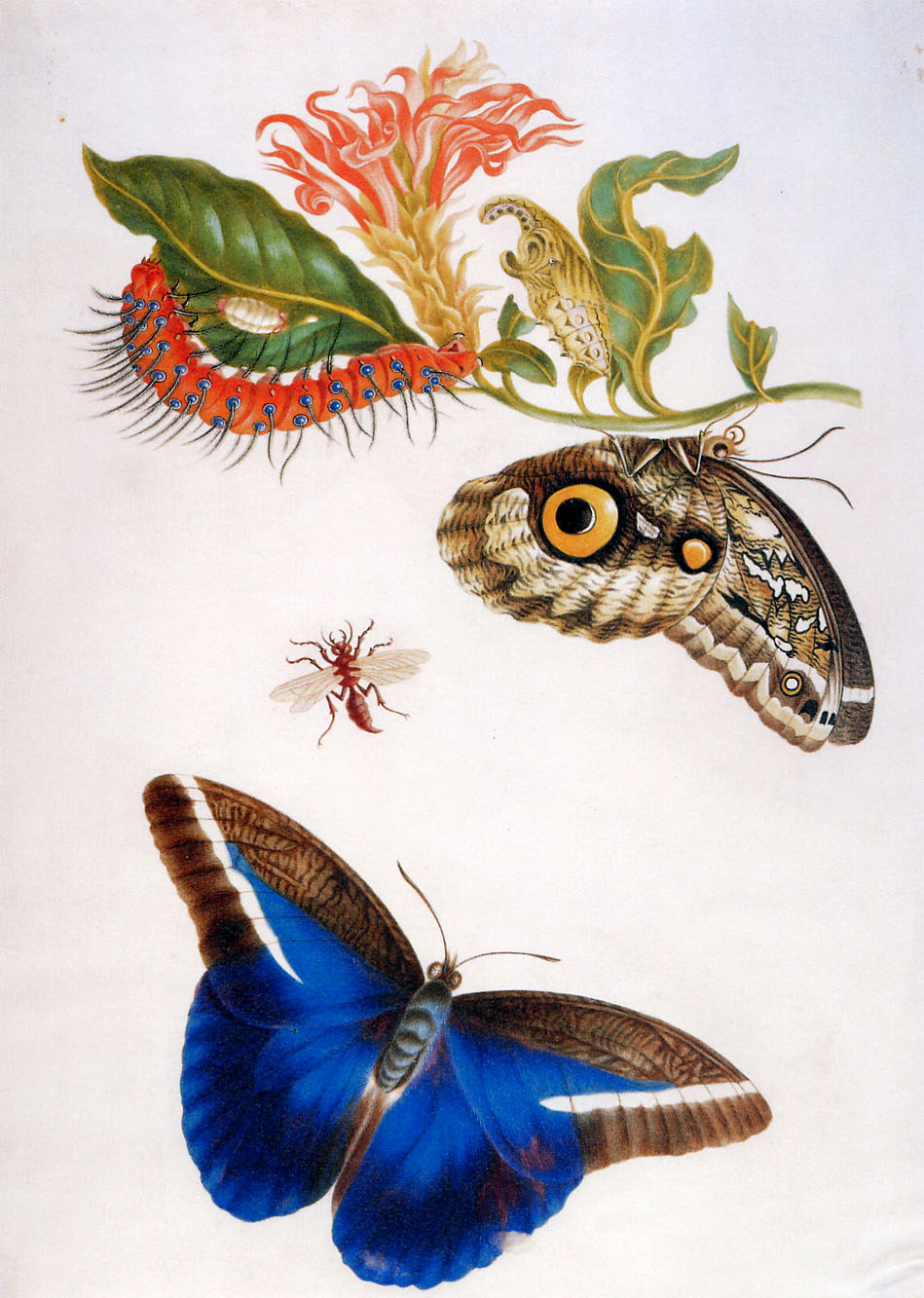
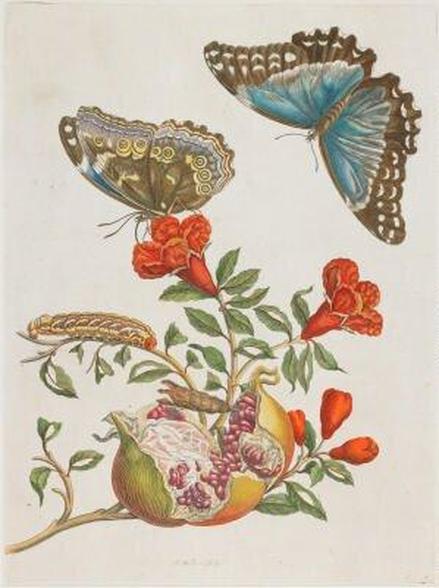
Merian’s first published book, Neues Blumenbuch (1680), was a floral pattern book for embroidery. Alas, she never made another embroidery book of her later artworks. This sparked my idea to explore the possibility of reimagining two of her later watercolours unto a corset. I choose two well-known watercolours: Pomegranate and Menelaus Blue Morpho Butterfly & Cardinal's Guard Butterfly with Idomeneus Giant Owl Butterfly. By using embroidery techniques instead of paint, I was able to convert her two-dimensional artworks into a corset ensemble were two- and three-dimensional forms meet. The flitting butterfly shows the final metamorphosis wherein the art appears to leave the canvas. This corset is more than an homage to a brilliant artist and naturalist, it also explores a new way of depicting insect- and plant life. With my contribution to Foundations Revealed I wanted to show that a corset can be a canvas for looking at the wonders of nature.
Now I would like to explain some of the technical aspects of the corset and embroidery:
Having wanted to enter the competition hosted by Foundations Revealed in previous years but never quite finding the time, I decided to start early and work on small segments of my design at a time whenever I could.
After drafting an underbust corset and making a toile out of coutil, I redrew the seamlines to mimic the streamlined look of a chrysalis I had come across whilst perusing images of butterfly houses. These new cut pieces became my final pattern and I started cutting the silk taffeta. I stitched the two halves of the fashion layer and kept them separately so I could work on one side without damaging the other. By stitching narrow tunnels which I corded with a silk and wool blend yarn I aimed to not disrupt the flow of the design by having boning channels visible on the outside. An added bonus was not having to embroider through the coutil. Another method would have been to embroider the designs onto silk organza and aplliquéing the finished work onto the corset. I plan to explore this method in the future.
The first element I embroidered was the chrysalis on the Cardinal's Guard Butterfly with Idomeneus Giant Owl Butterfly, adding beads for a finer finish. Then I started on the larger leaf and larva using a technique called stumpwork. To create the raised textures I added a layer of wool felt, padding the layer and laying the embroidered satin stitches on top for a painterly effect.
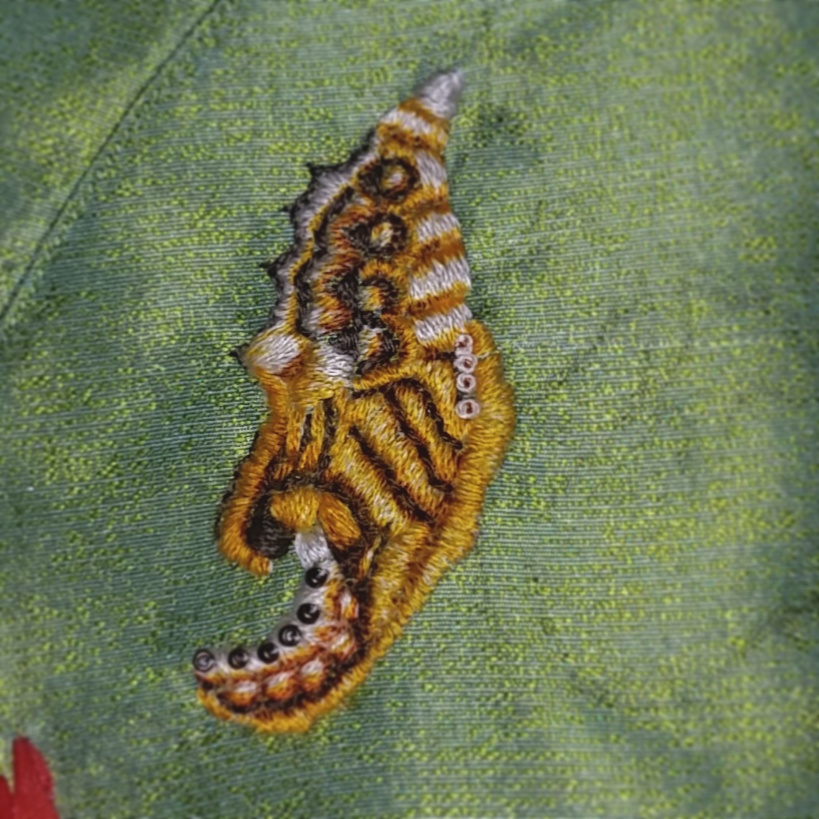
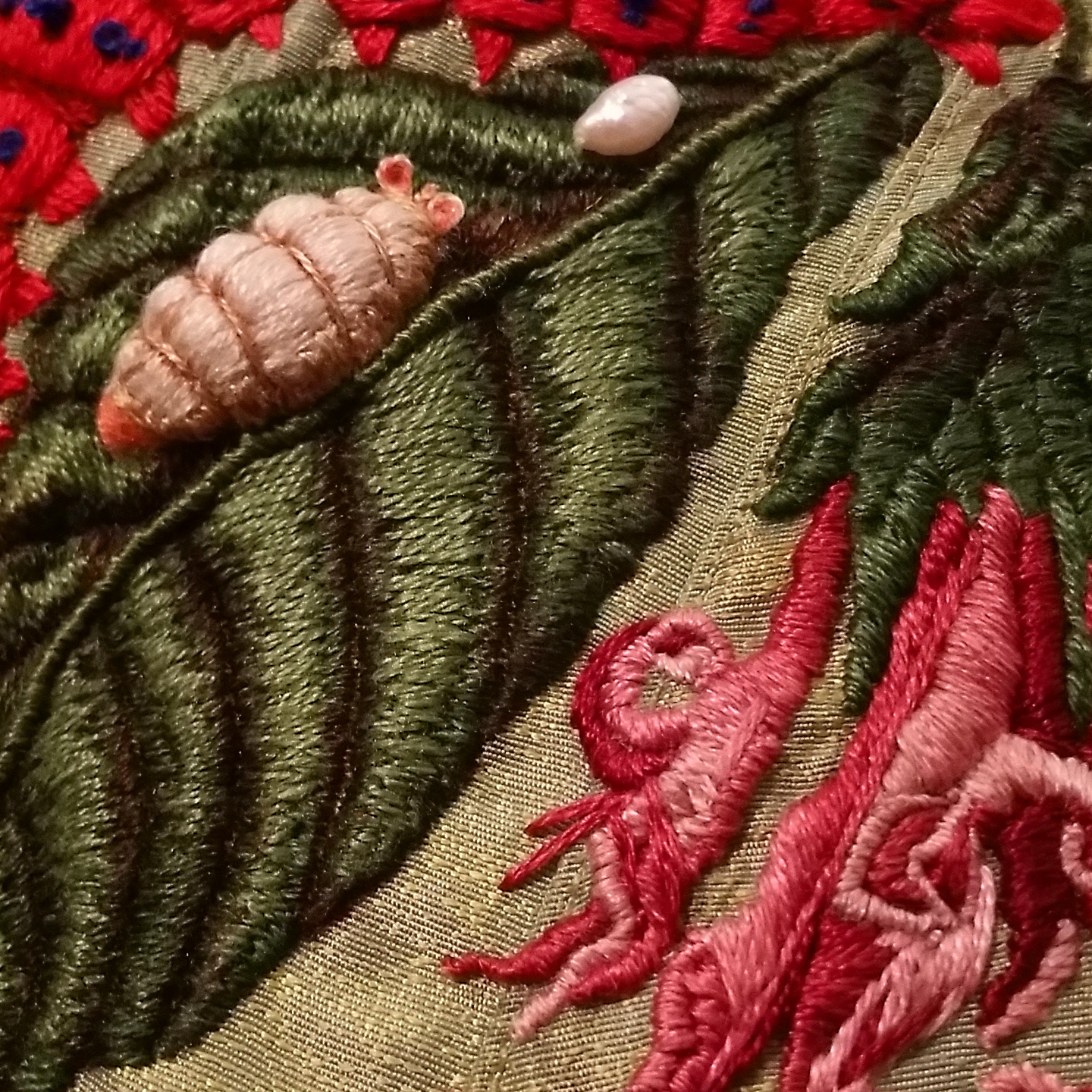
The fluffy tufts on the red caterpillar are bits of peacock feather.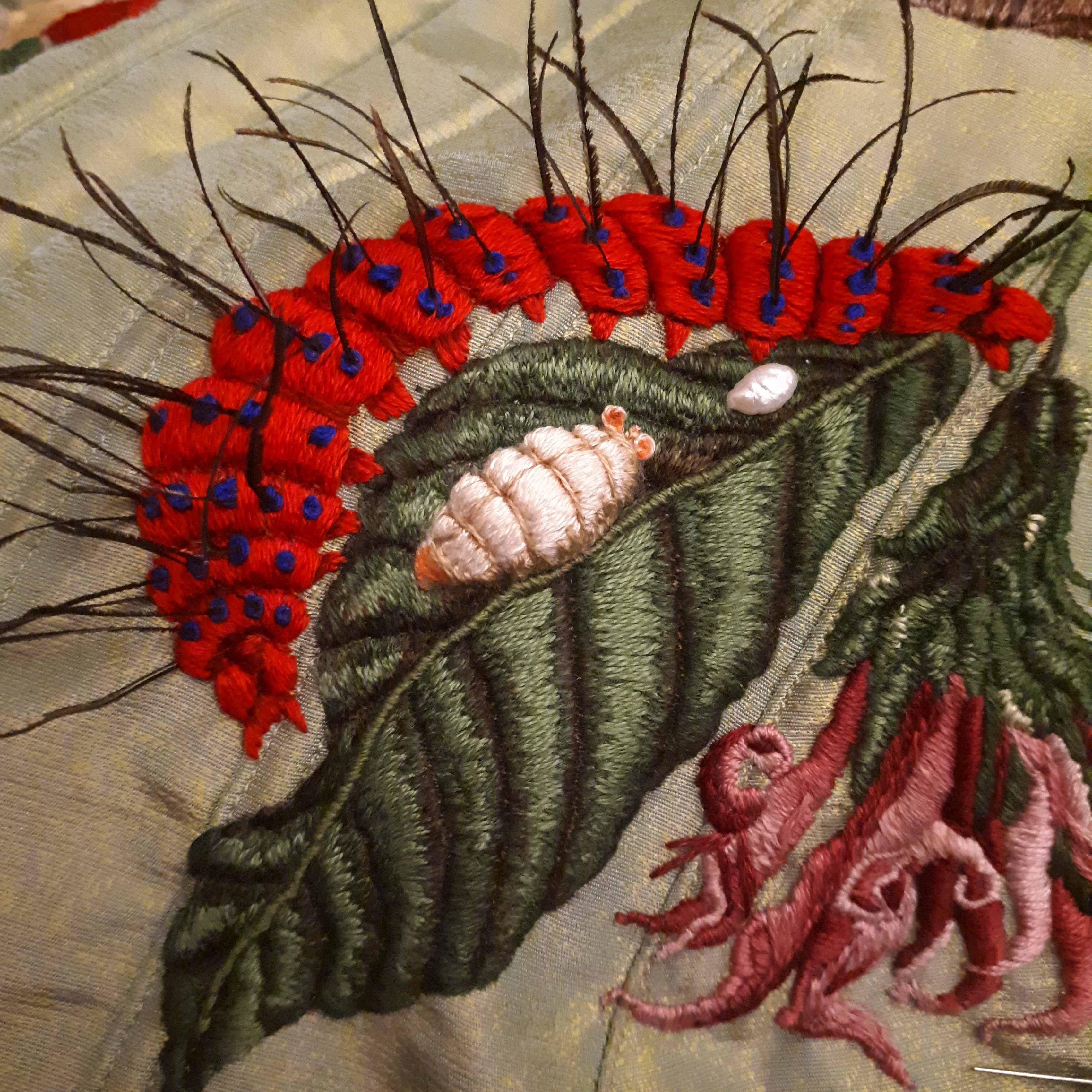
.jpg)
Once I started on the Pomegranate and Menelaus Blue Morpho Butterfly side I made the peel of the pomegranate stand out by creating cup-like shapes with felt which I edged with a gold-plated purl to both maintain the shape of the edge and to add a bit of opulence. The membranes are made from a very thin silk chiffon and the arils are real garnet beads. 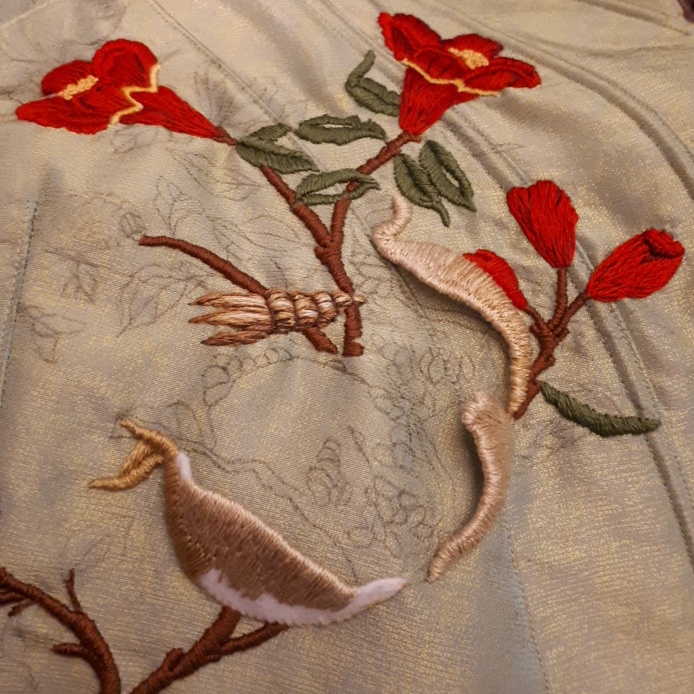
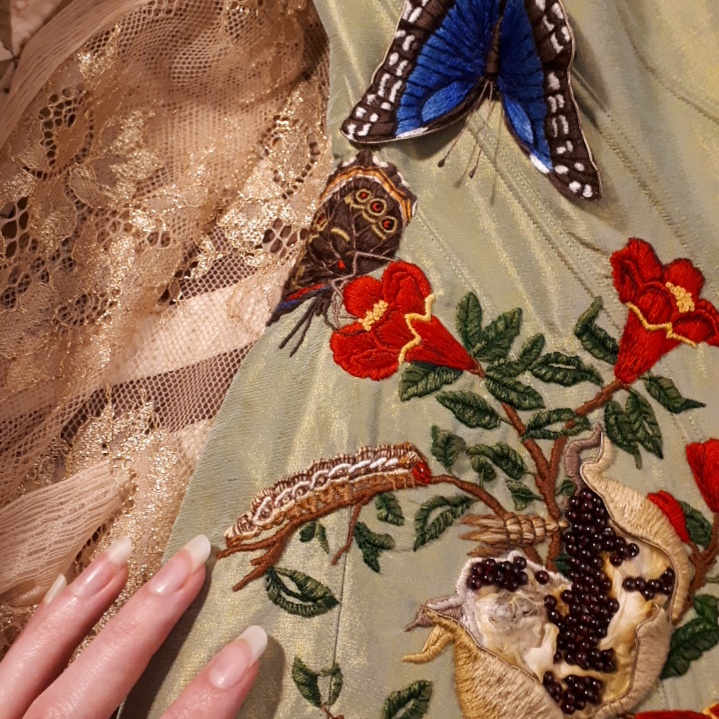
I decided very early on to make some separate butterfly appliqués so they could look as life-like as possible. After cutting butterfly shapes out of felt I edged them with a gold-plated purl. The bodies are also padded.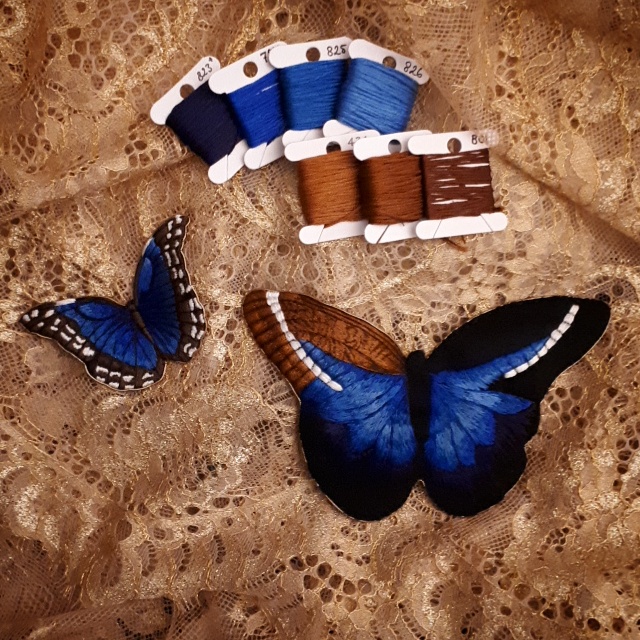

On the original watercolour, there’s a parasitic wasp hovering above the red caterpillar. I really wanted the wasp to look as if it had just landed on the corset. The wings were the first parts I made, using stumpwork techniques for its body.

I made a coutil corset base with vertical boning channels and seams and layered it with the silk layer basting both layers together for a smooth finish. I also added a layer of soft cotton lining before attaching the bias binding. With some silk left, I made a matching bra with gold coloured French lace which I also used to make the shoulder straps and matching French knickers. All patterns were drafted by myself and all embroidery was done by hand. The bias binding is hand finished and trimmed with delicate golden beads.
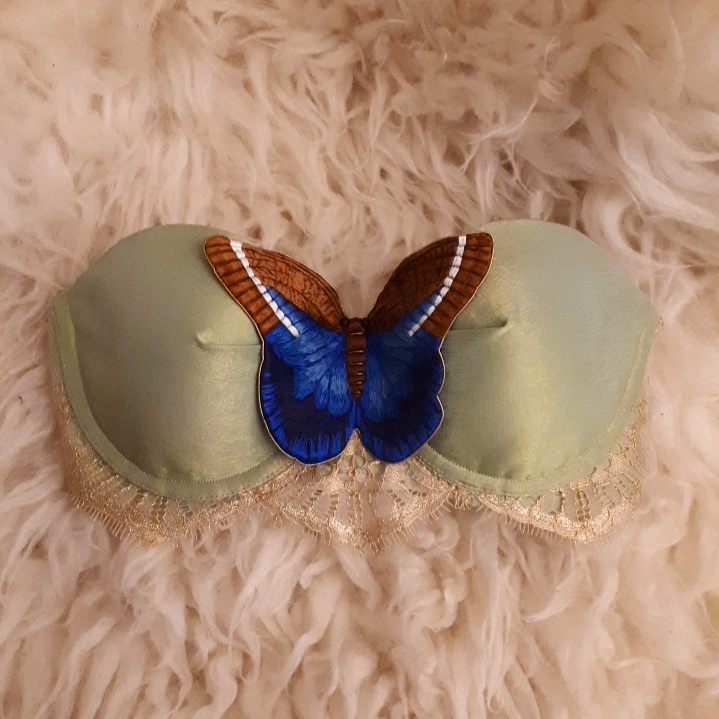
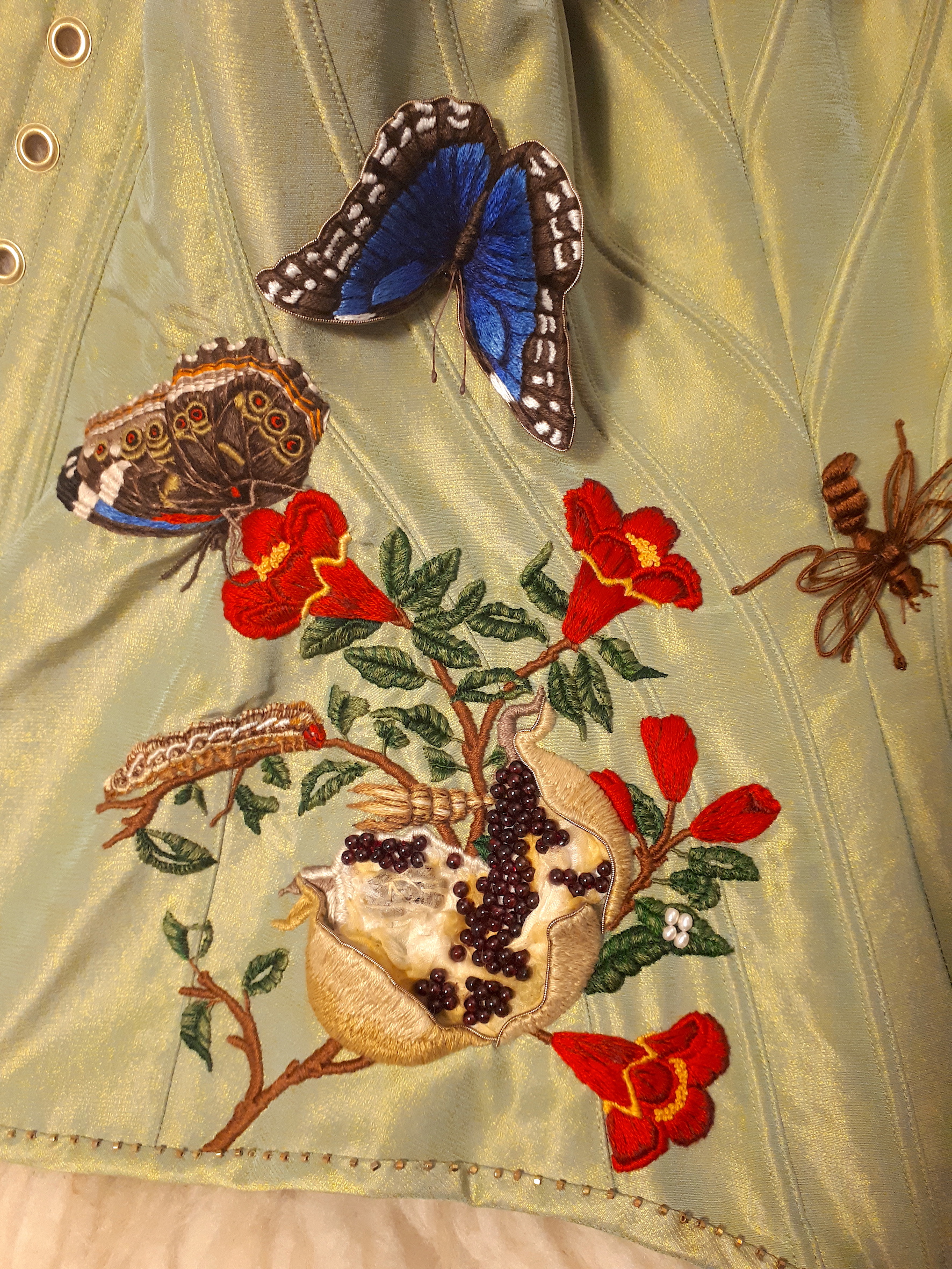
I asked the lovely talented Lilith from Studio Darkashter to take the photos of the finished look.
Thank you very much for letting me share my journey with you, do let me know what you think!
Posted by Marloes Dadswell.

